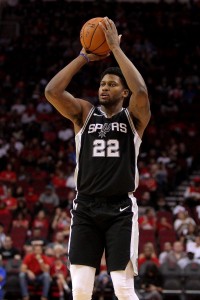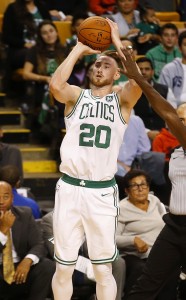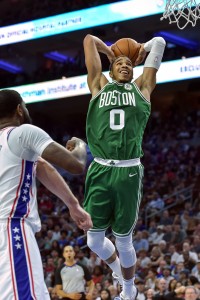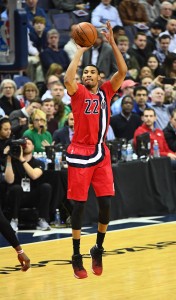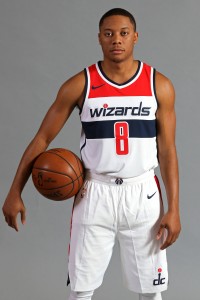Hoops Rumors is breaking down the 2017 offseason for all 30 NBA teams, revisiting the summer’s free agent signings, trades, draft picks, departures, and more. We’ll evaluate each team’s moves from the last several months and look ahead to what the 2017/18 season holds for all 30 franchises. Today, we’re focusing on the San Antonio Spurs.
Signings: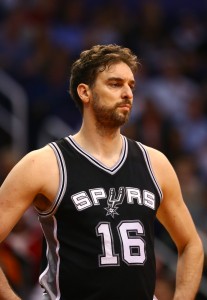
- Pau Gasol: Three years, $48.8MM. Third year not guaranteed.
- Patty Mills: Four years, $48MM.
- Rudy Gay: Two years, $17.232MM. Second-year player option.
- Manu Ginobili: Two years, $5MM.
- Joffrey Lauvergne: Two years, minimum salary. Second-year player option.
- Brandon Paul: Two years, minimum salary. Second year not guaranteed.
- Matt Costello: Two-way contract. One year. $50K guaranteed.
- Darrun Hilliard: Two-way contract. One year. $50K guaranteed.
Camp invitees:
- Amida Brimah: One year, minimum salary. Exhibit nine. (Waived)
- London Perrantes: One year, minimum salary. Summer contract. (Waived)
Trades:
- None
Draft picks:
- 1-29: Derrick White — Signed to rookie contract
- 2-59: Jaron Blossomgame — Signed G League contract
Extensions:
- LaMarcus Aldridge: Two years, $50MM (based on reported terms). Second year partially guaranteed for $7MM. Exercised 2018/19 player option as part of agreement. Extension starts in 2019/20.
Departing players:
Other offseason news:
- Tony Parker sidelined until at least November with quad injury.
- Exercised 2018/19 team option on Dejounte Murray.
Salary cap situation:
- Operating over the cap, but under the tax line. Carrying approximately $115MM in guaranteed team salary. Full bi-annual exception ($3.29MM) still available.
Check out the San Antonio Spurs’ full roster and depth chart at RosterResource.com.
Story of the summer:
During their historic stretch of success over the last couple decades, the Spurs have typically added core players through the draft, delving into free agency primarily for complementary pieces. However, a year after going out and signing Pau Gasol to a lucrative deal, San Antonio appeared poised to make an even bigger splash in 2017, with multiple June reports suggesting the club had serious interest in Chris Paul.
In order to have a serious shot at Paul in free agency, the Spurs would have had to overhaul their roster to a certain extent. LaMarcus Aldridge and Danny Green would have been trade candidates, and free-agent-to-be Patty Mills likely wouldn’t have been back. Before the Spurs had a chance to see if those drastic changes would be possible though, a Southwest rival swooped in and beat them to the punch, as the Rockets traded for Paul three days before the free agent period began.
With no shot at acquiring CP3, the Spurs scrapped their efforts to create cap space, opting instead to remain over the cap, bring back their primary contributors, and make tweaks to the edges of their roster. In other words, it was a fairly typical offseason for San Antonio.
The Spurs were the only NBA team that didn’t make a trade during the offseason, and they brought back 11 of their 15 players from their end-of-season roster. Considering the team didn’t come close to knocking off the Warriors in the postseason, it’s fair to question why Gregg Popovich and R.C. Buford didn’t do anything more drastic in an attempt to shift the balance of power in the Western Conference.
But let’s not forget that the Spurs got off to a great start in Game 1 of the Western Finals last season before an injury to MVP candidate Kawhi Leonard changed the course of the series. If the Spurs entered that series thinking they had a real chance against Golden State, there’s no reason to think the club won’t hold that belief again this year, having brought back most of its key pieces.
